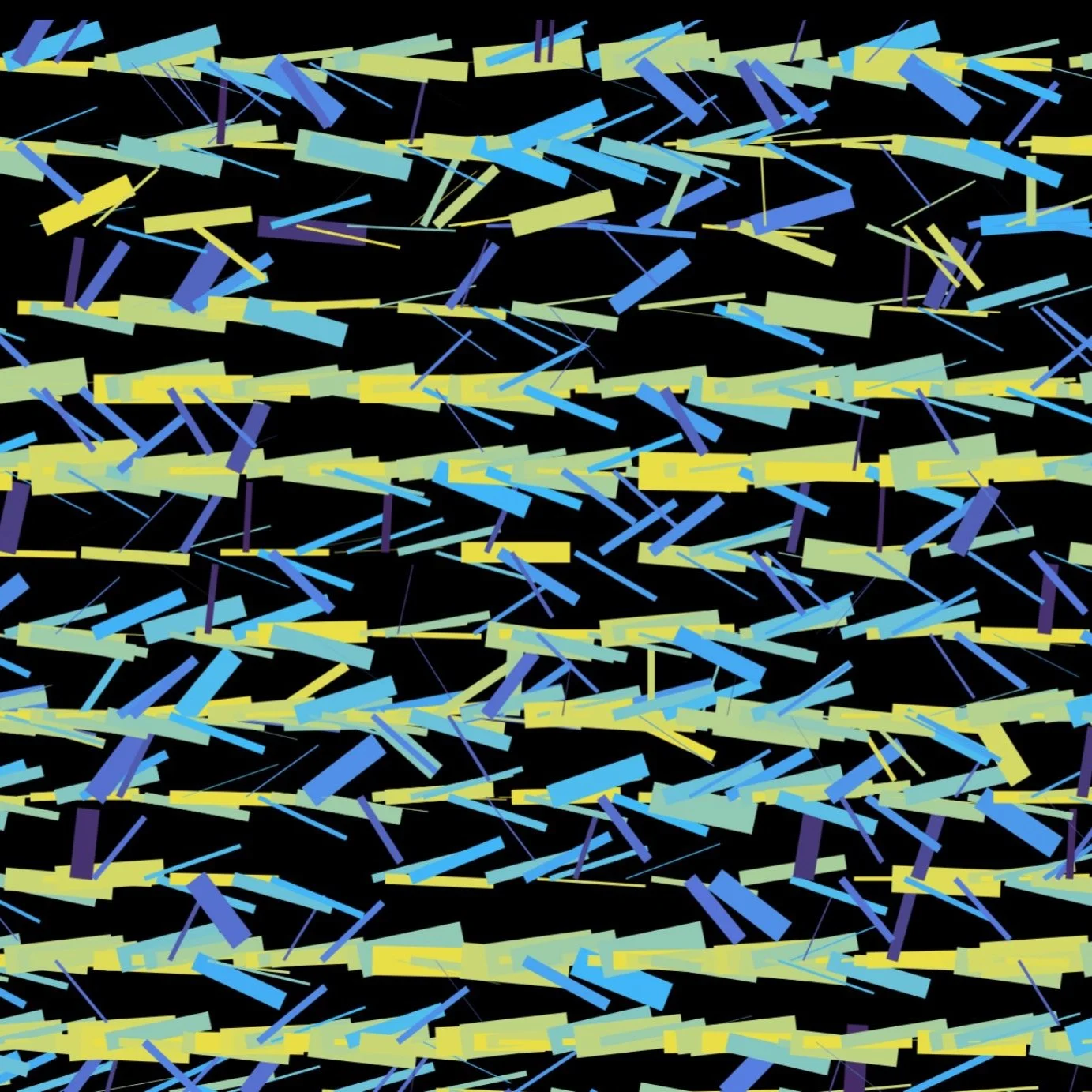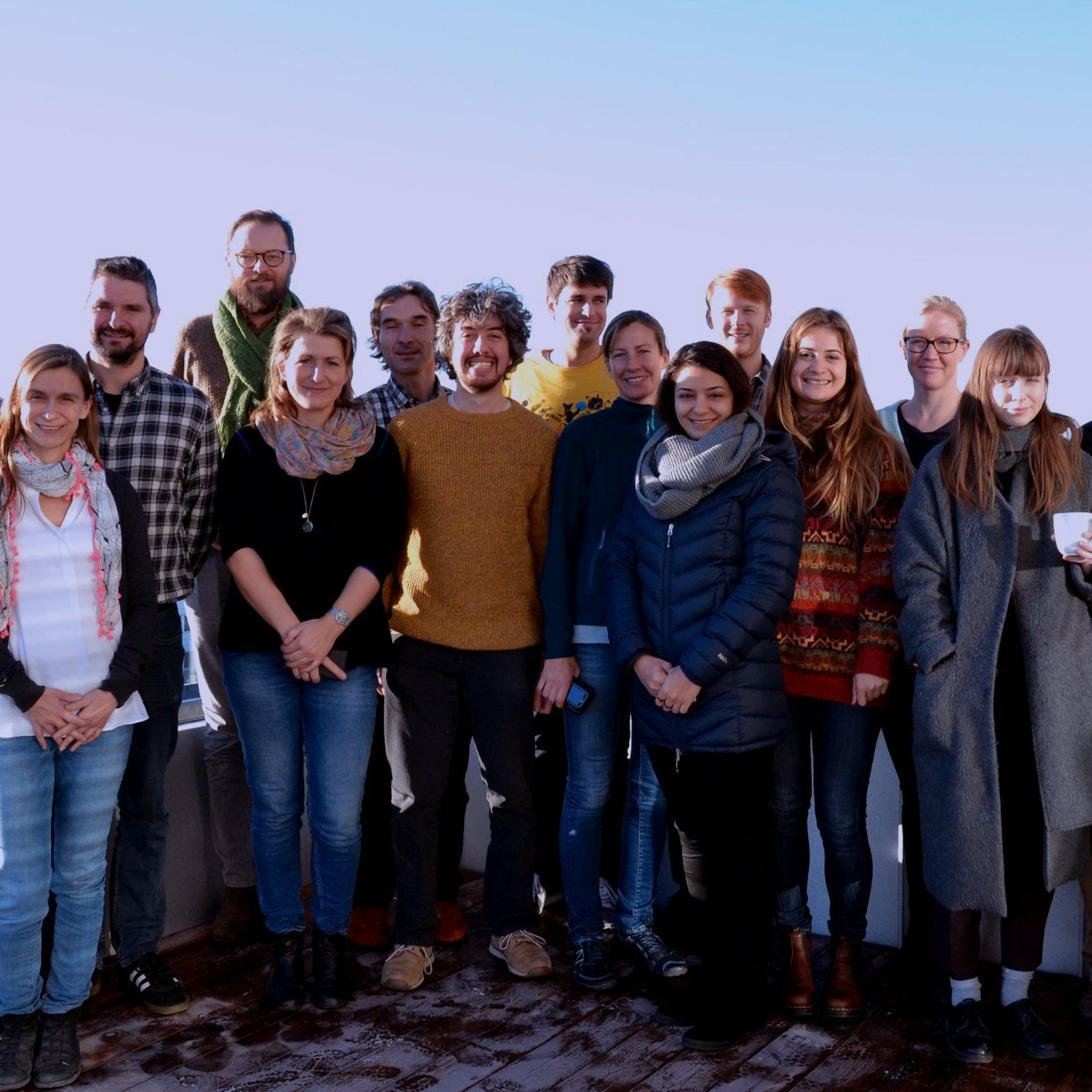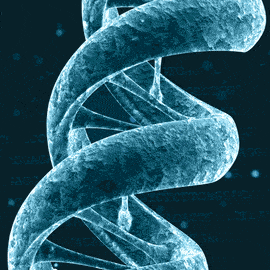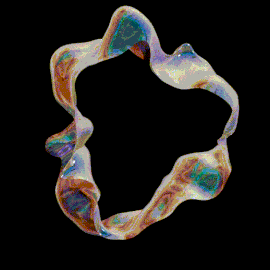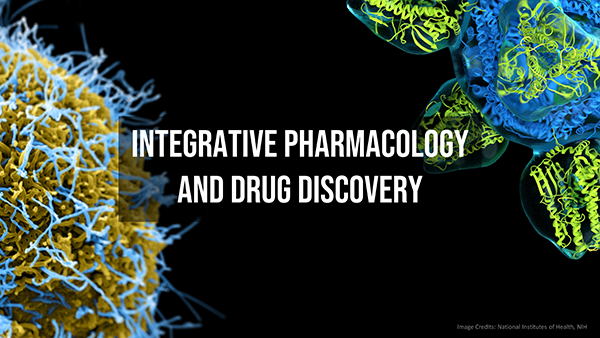“The multi-technique approaches in this type of integrative effort are of central importance to the interdisciplinarity that is now essential to the optimized exploitation of the major investments Sweden has made for the MAX-IV and ESS facilities at Brunnshög as well as the international facilities to which Sweden subscribes (eg ILL, ISIS)”, says LINXS director Trevor Forsyth and continues:
“It is also a driving guide for the ongoing discussions about the establishment of an Integrated Structural Biology Centre (ISBC) at Science Village (SV). This type of development has occurred at all the major X-ray and Centres (Grenoble Partnership for Structural Biology (PSB), Hamburg CSSB, PSI, RCaH) and a capability of this type at SV will be essential”.
The LINXS IPDD theme will without doubt stimulate the capabilities needed to characterize a wide level of therapeutic agents and interactions and as such will be important in the development of new therapeutics. The participants in the theme and the associated working groups form a powerful grouping and include the Chief Scientific Officer of Pfizer, Mikael Dolsten.
Three working groups
The theme is starting up with three working groups, one on Structure-based drug design (WG1), another one on Macromolecular Drugs–Antibodies (WG2) and thirdly one on Biomedical Imaging (WG3).
The first will include detailed analyses of drugs (antibodies and small molecules) with its target protein, while the second working group will focus on the formulation of macromolecular drugs such as antibodies in solution. The third working group will be centered around the analyses of the effects of the drugs (antibodies as well as small-molecular drugs) in tissue.
“Quite a few people in IPDD have been engaged in previous LINXS themes - ISB, Dynamics and Imaging, says Karin Lindkvist and continues: “In general, we have a stronger participation from the faculty of medicine in this new theme and more clinicians involved, especially for the research on tissue but also the structure-based drug design”.
All working groups have representations from both Swedish and international universities, research institutes and industry. Integrative pharmacology is not well-represented either at Lund University or at other international communities. The theme will fill a needed gap and address the full pipeline of pharmacological development aiming to resolve well-known challenges within the research field. The process of drug product development and, specifically, formulation development is a critical bottle-neck in the path from candidate drug to medicines.
Bridging and educating
The theme is strongly interdisciplinary and will benefit from being part of LINXS in the years to come.
Building on the previous successful LINXS theme, Integrative Structural Biology (ISB), the working group on Structure-based drug design will make use of several structural biological methods. It will bridge structural biologists and clinicians to help identify new research aspects.
“Still, there are far too many fellow researchers and different stakeholders who are not aware of what we are doing or developing within LINXS. Starting up a new theme is a great opportunity to broaden and bridge to new users and interested parties”, says Karin Lindkvist. “However, in this starting phase we need to get together and get to know each other and plan our activities ahead. Then we can start to engage others and extend the community”.
Pharmacology has been a central subject at the university but has diminished in the recent years. In addition to strengthening the research area, education at both the undergraduate and graduate level will be a priority. A core group is meeting every other week and a proper kick-off is planned for late spring or early summer.






